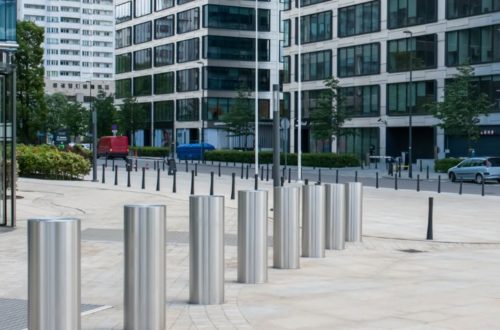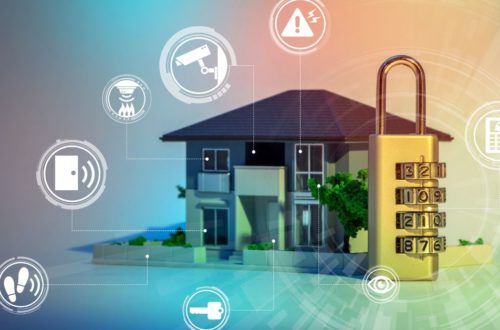How Cities Prepare and Respond to Natural Disasters

In an ever-changing world, urban areas are not immune to the threat of disasters. Natural disasters can strike urban areas with devastating consequences, whether take the form of earthquakes, hurricanes, or floods. However, the resilience of cities depends on how they prepare and respond to these challenges. Read on to learn how cities prepare and respond to natural disasters.
Understanding the Risk
Before cities can effectively prepare for disasters, they must understand the risks they face. This understanding involves identifying potential hazards, assessing vulnerabilities, and evaluating the potential impact on communities. Natural disasters like earthquakes, floods, hurricanes, and wildfires are all events that cities must consider.
Emergency Planning and Preparedness
Cities have emergency management departments responsible for developing detailed disaster response plans. These plans coordinate the efforts of various agencies, including law enforcement, fire departments, medical services, and social services, to ensure a swift and coordinated response in times of crisis. They cover evacuation procedures, communication strategies, and resource allocation.
Infrastructure Resilience
Infrastructure plays a critical role in disaster preparedness. Resilient infrastructure, built to withstand various disasters, is a top priority for urban planners—for example, manholes with a strong load rating help to prevent street and utility damage. Mindful infrastructure choices ensure that cities can continue functioning during and after disasters.
Early Warning Systems
Cities often invest in early warning systems to provide residents with crucial information during emergencies. These systems include weather monitoring, seismic sensors, and public alert systems to keep citizens informed and safe.
Community Engagement
A city’s residents can be its greatest asset during a crisis. Engaging the community in disaster preparedness and response is key. Providing and educating households with essential survival supplies can help keep the community safe. Essential survival supplies should also include educating citizens on emergency procedures, conducting drills, and fostering a sense of shared responsibility for the city’s restoration.
Immediate and Effective Response
Cities initiate their emergency response teams when disaster strikes. This team may include firefighters, paramedics, police, and the National Guard. Effective coordination among these agencies is vital to minimizing the disaster’s impact.
Post-Disaster Recovery
After the immediate crisis has passed, the process of recovery begins. Cities work to restore essential services, such as water and power, repair infrastructure, and assist affected communities. Recovery efforts often continue for years after a disaster.
Natural disasters are an unfortunate reality, but they need not be as devastating as they often are. Citizens can feel safer knowing how cities prepare and respond to natural disasters. In a world where urbanization is rising, the importance of effective natural disaster preparedness and response has never been more significant.
Would you like to receive similar articles by email?





